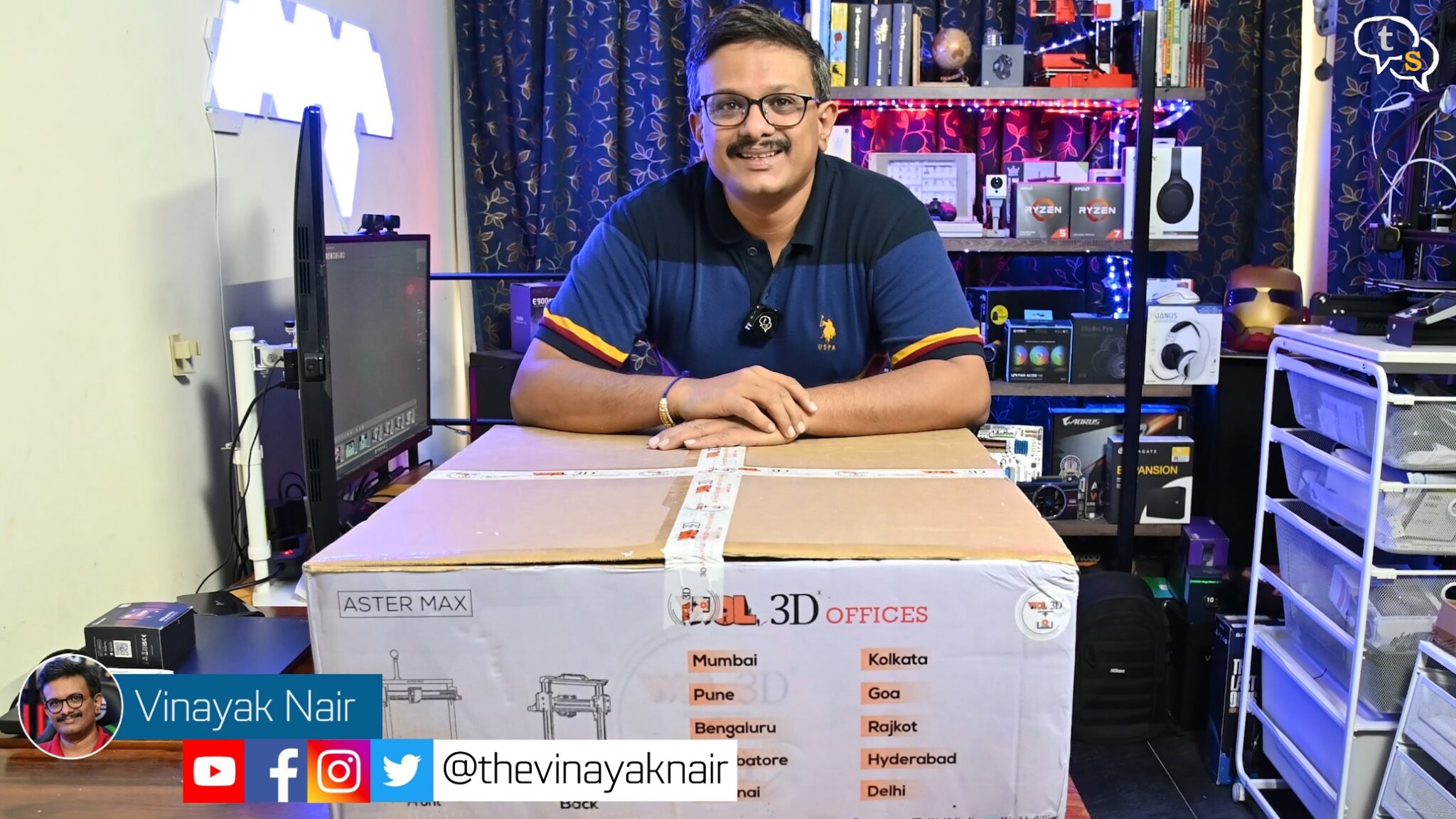
Wow, look at the size of this box. This is a new 3d printer by WOL3d , let’s open it up and check it out.
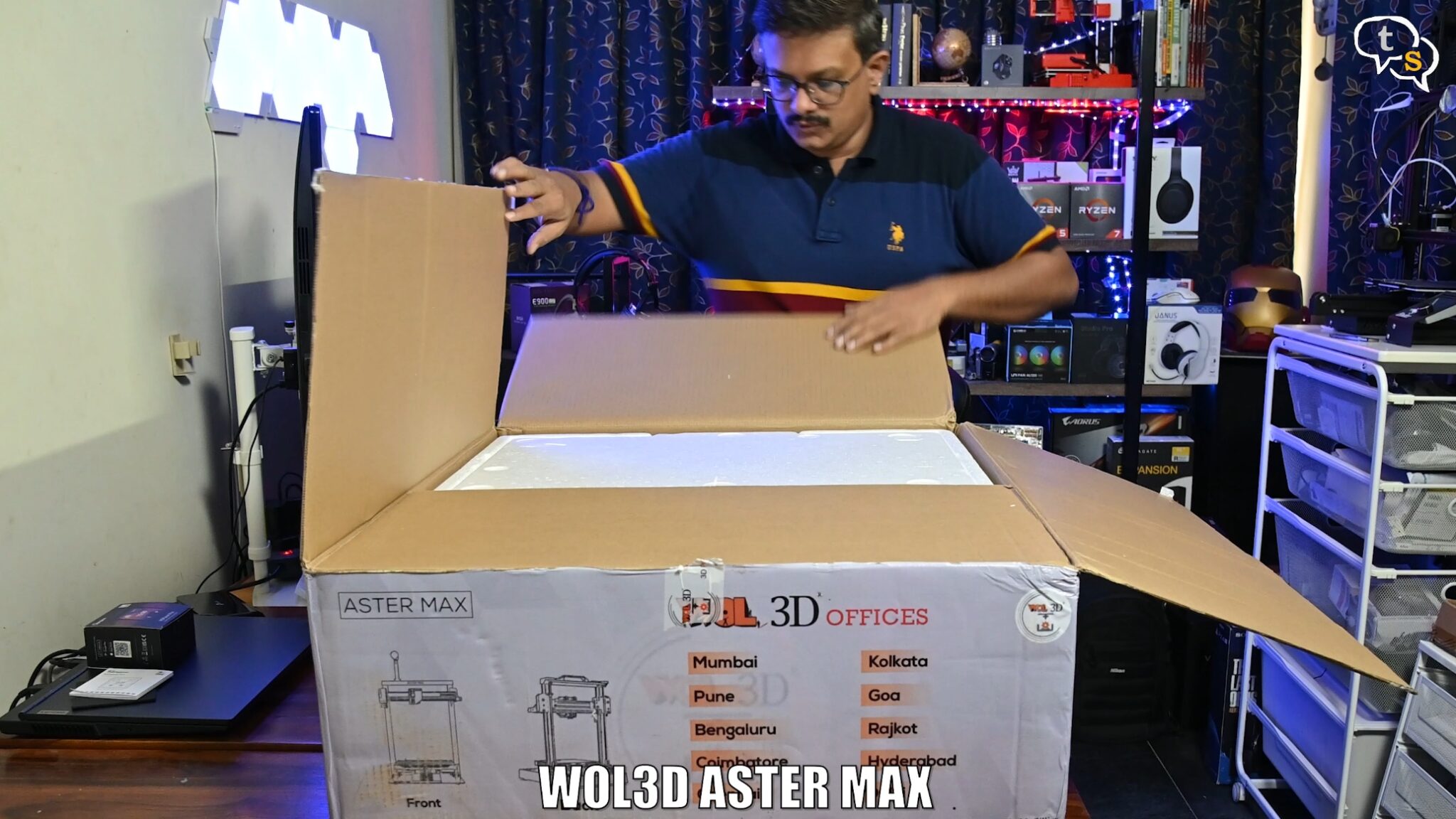
This is the Aster max, and the max in the name should be indicative that it’s big. This 3d printer has a build volume double of the ender 3.
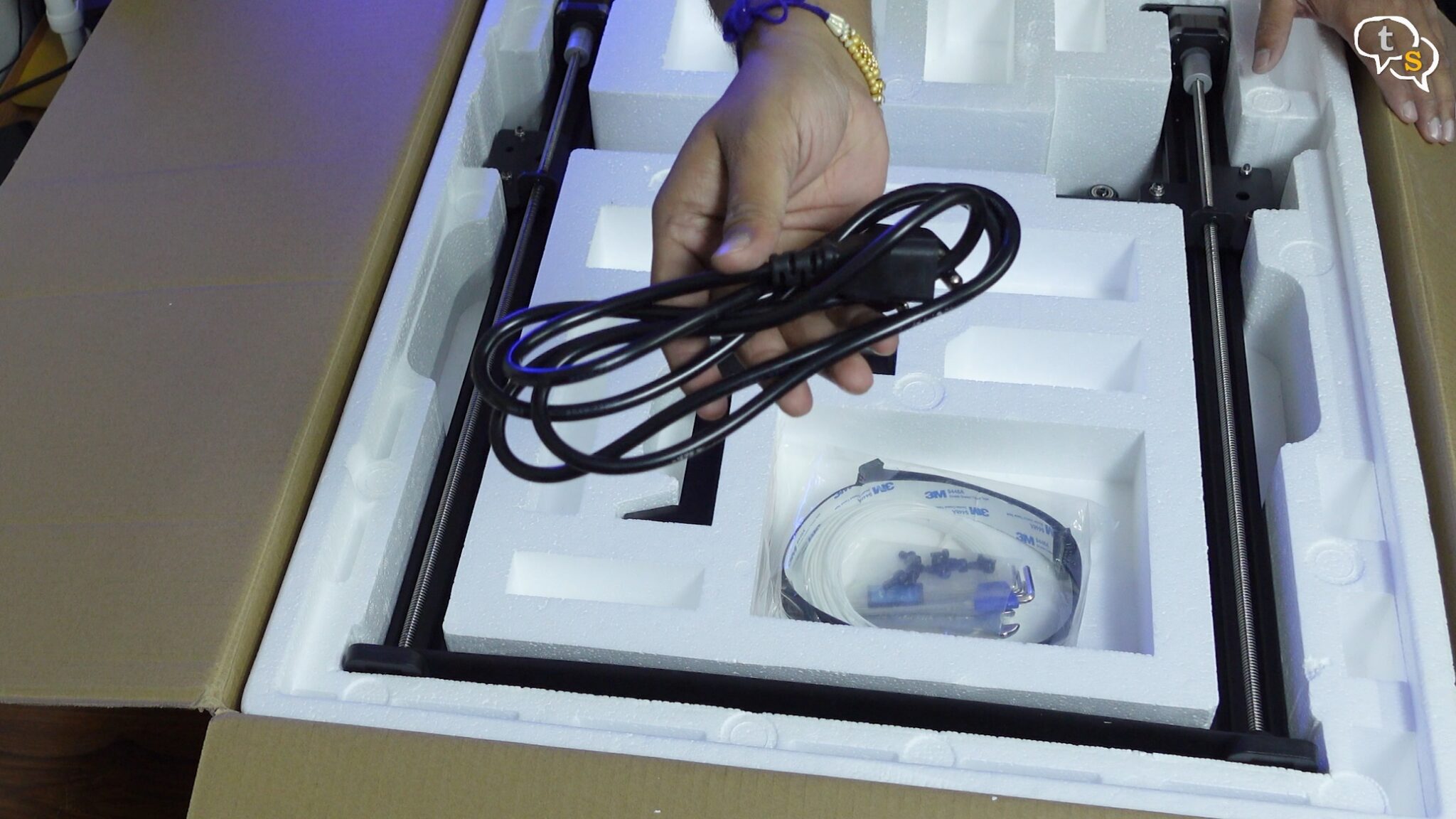
In the box we have a power cord,
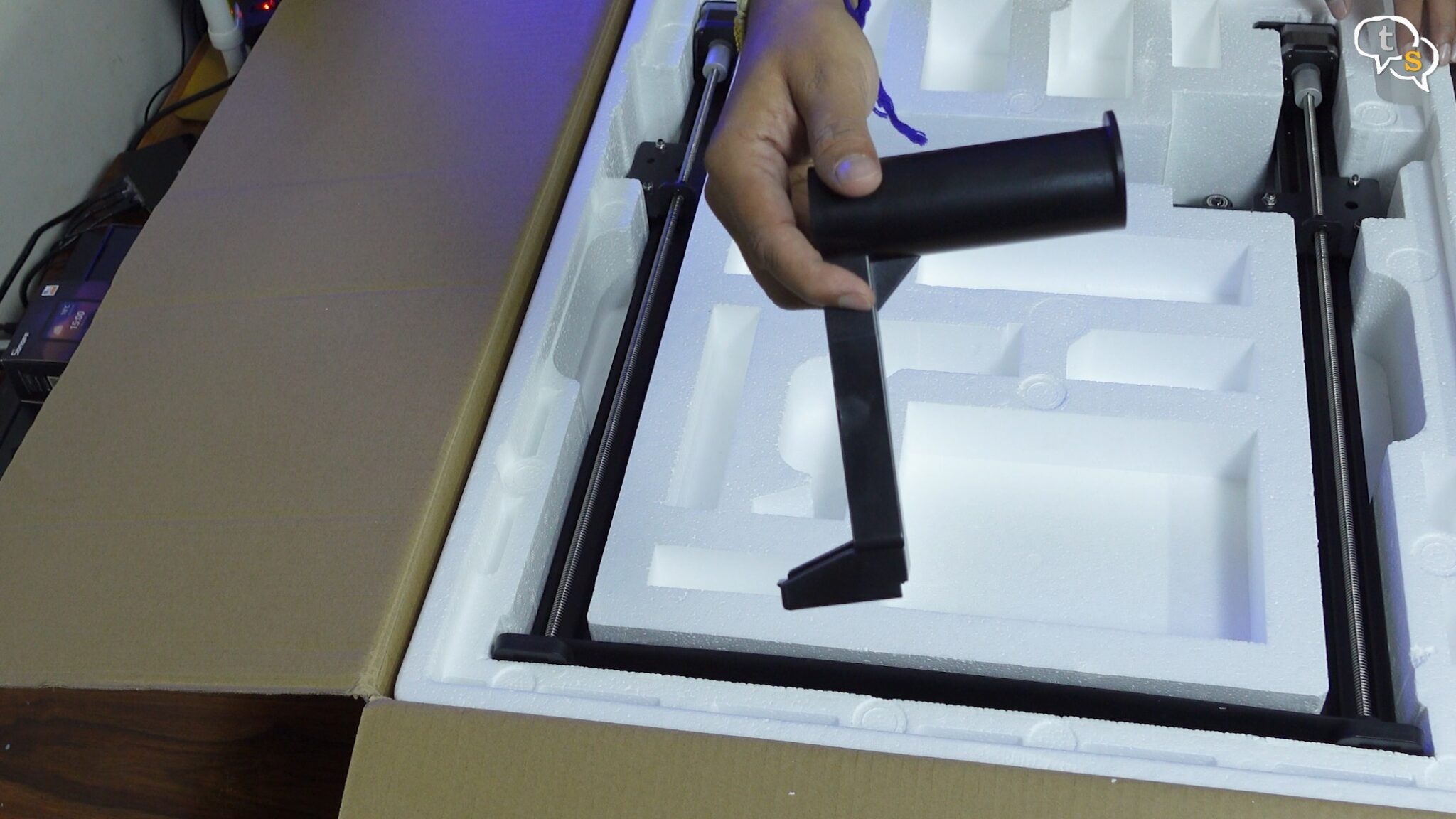
a filament holder.
This Small packet holding the accessories and screws.
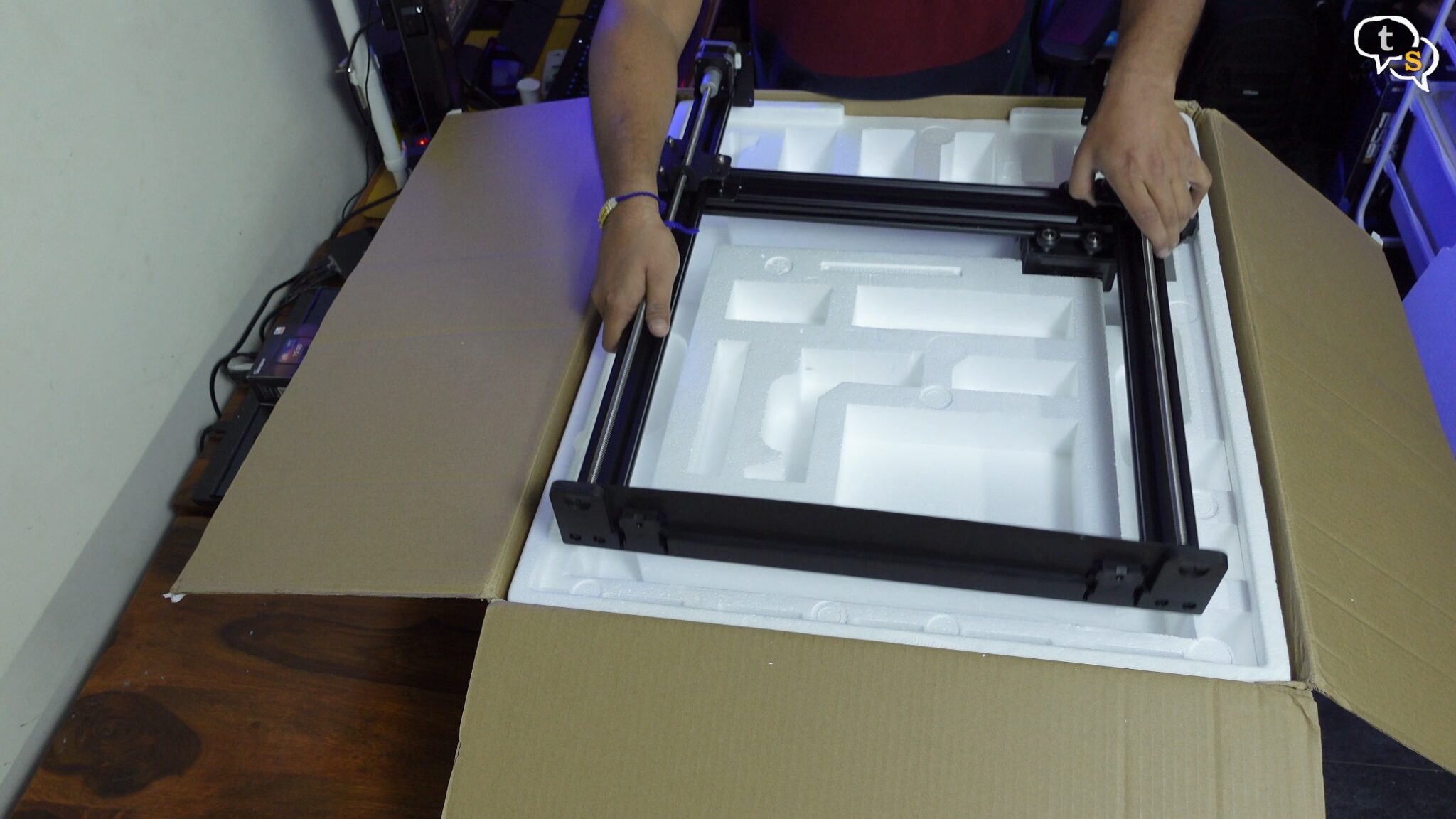
Here’s the extruder column which needs to attach onto the base.
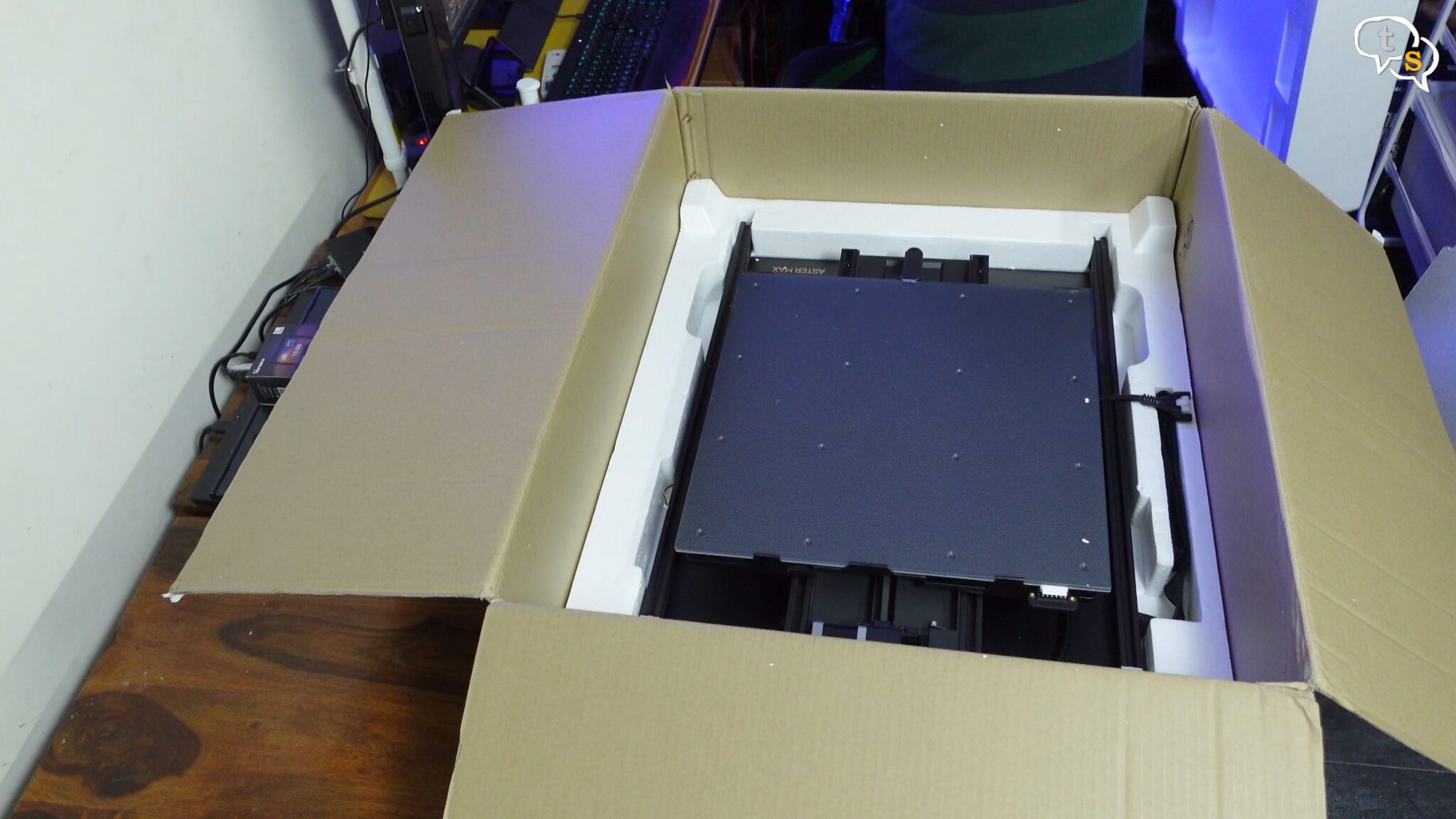
We have another section below which has the base with the huge glass plate. The build dimensions can go as high as 400x400x400mm.
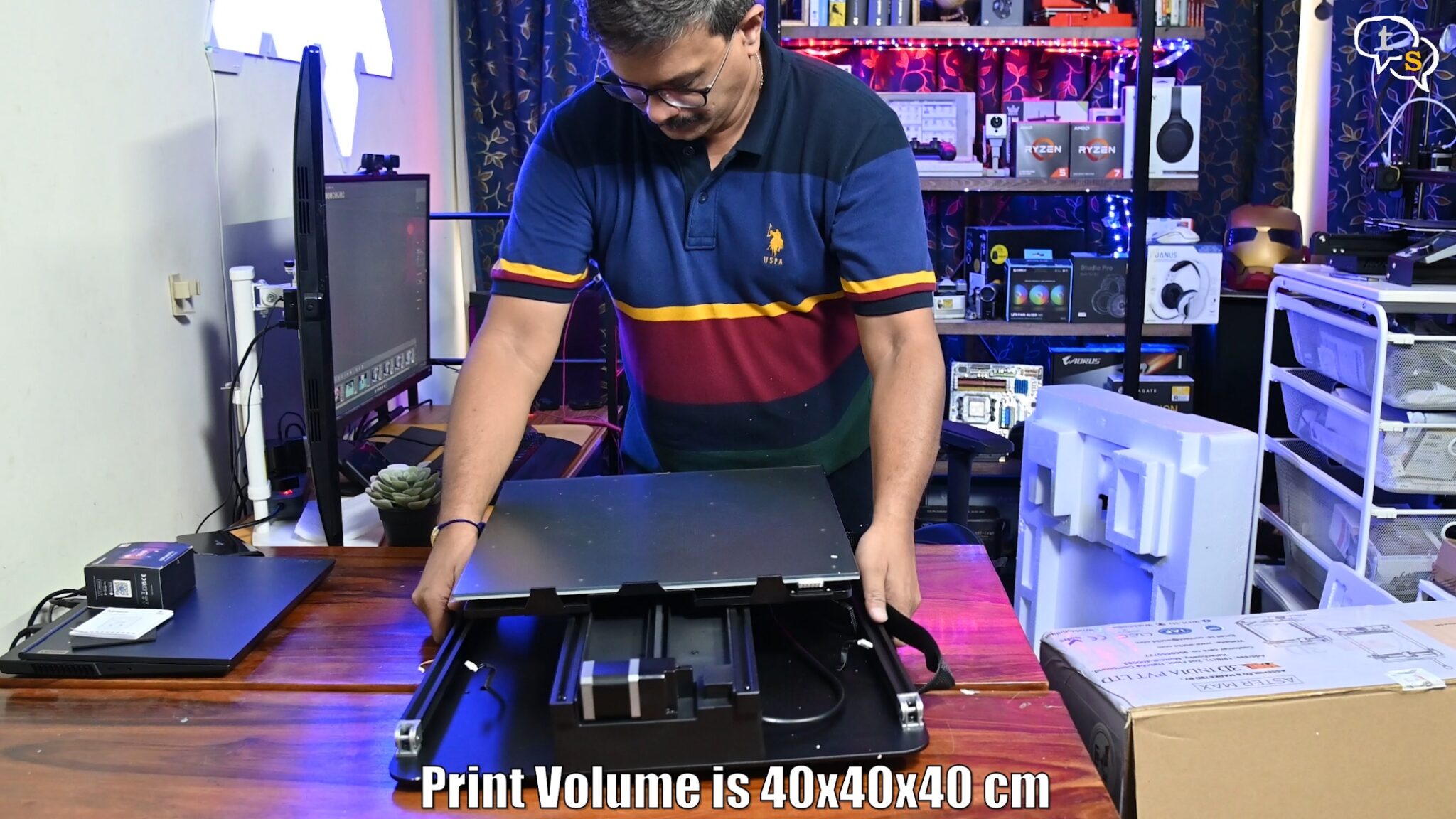
This is the biggest 3d printer in terms of volume I’ve unboxed.
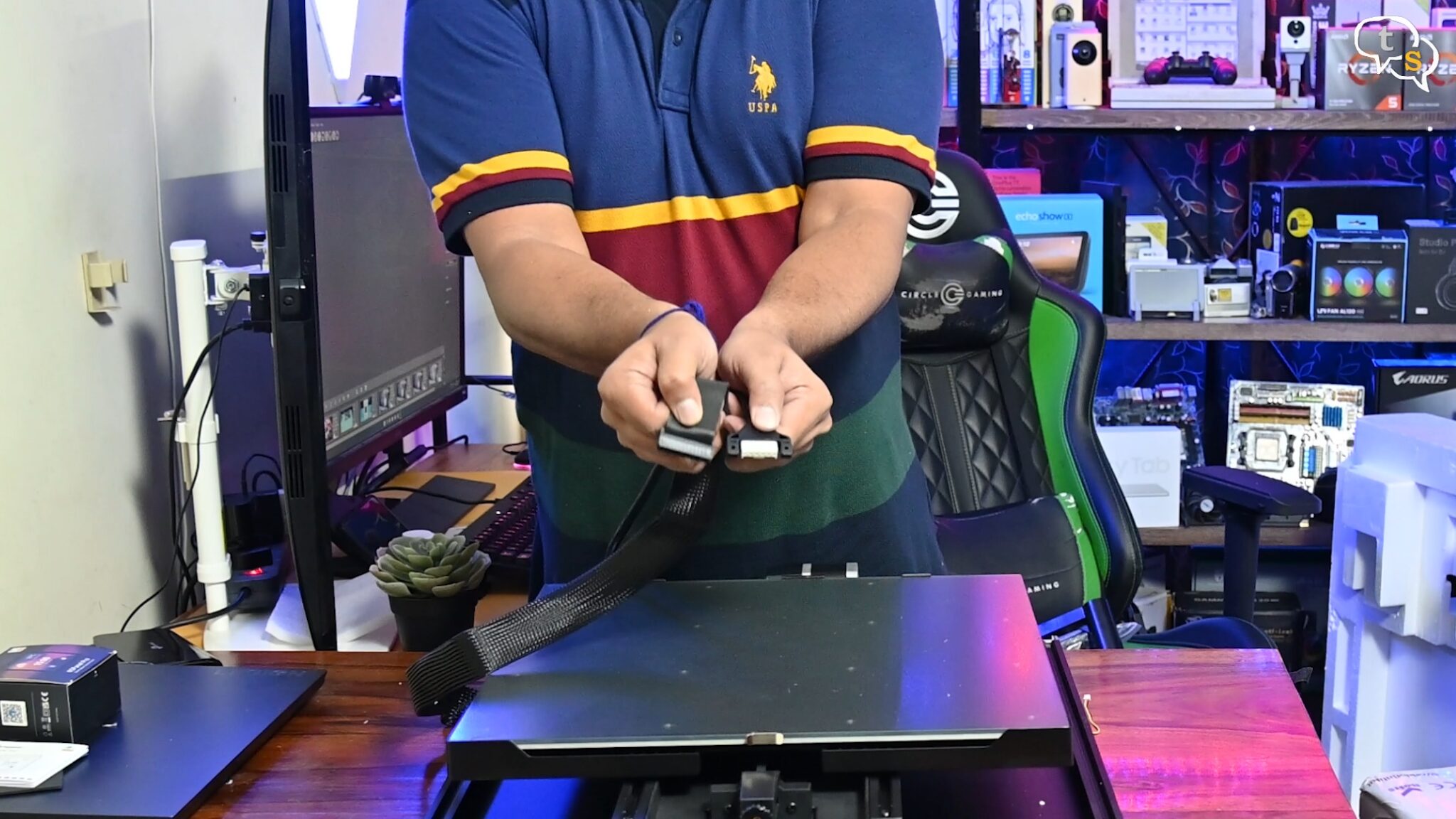
Two cables are present, one is for the controller and the other is for power.
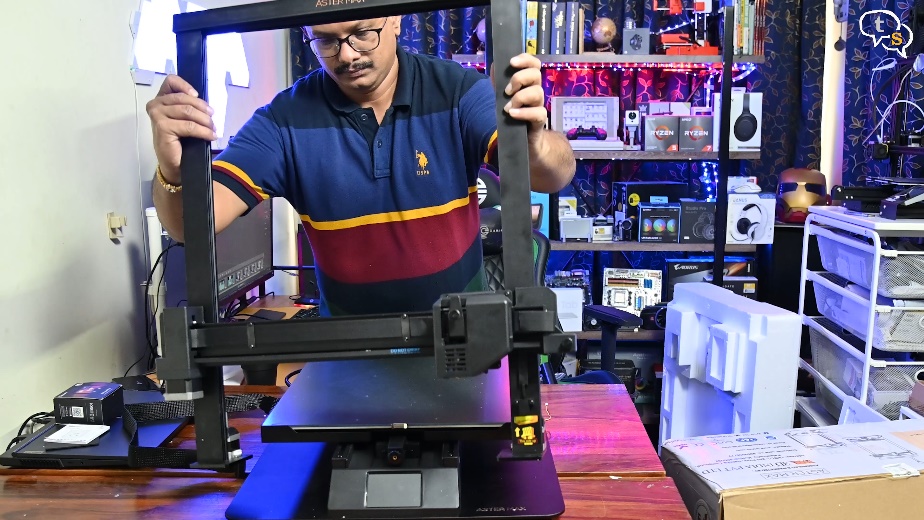
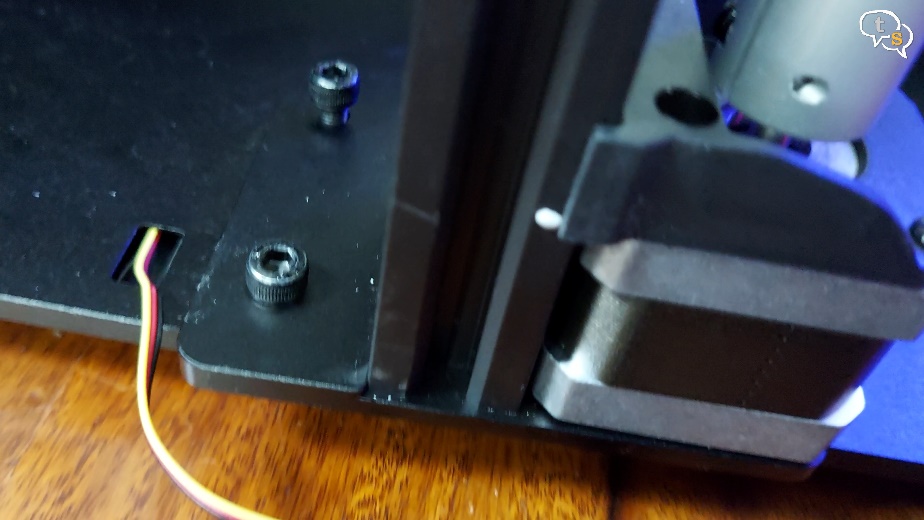
Attach the printing column to the base and tighten down the bolts using the provided Allen key set.
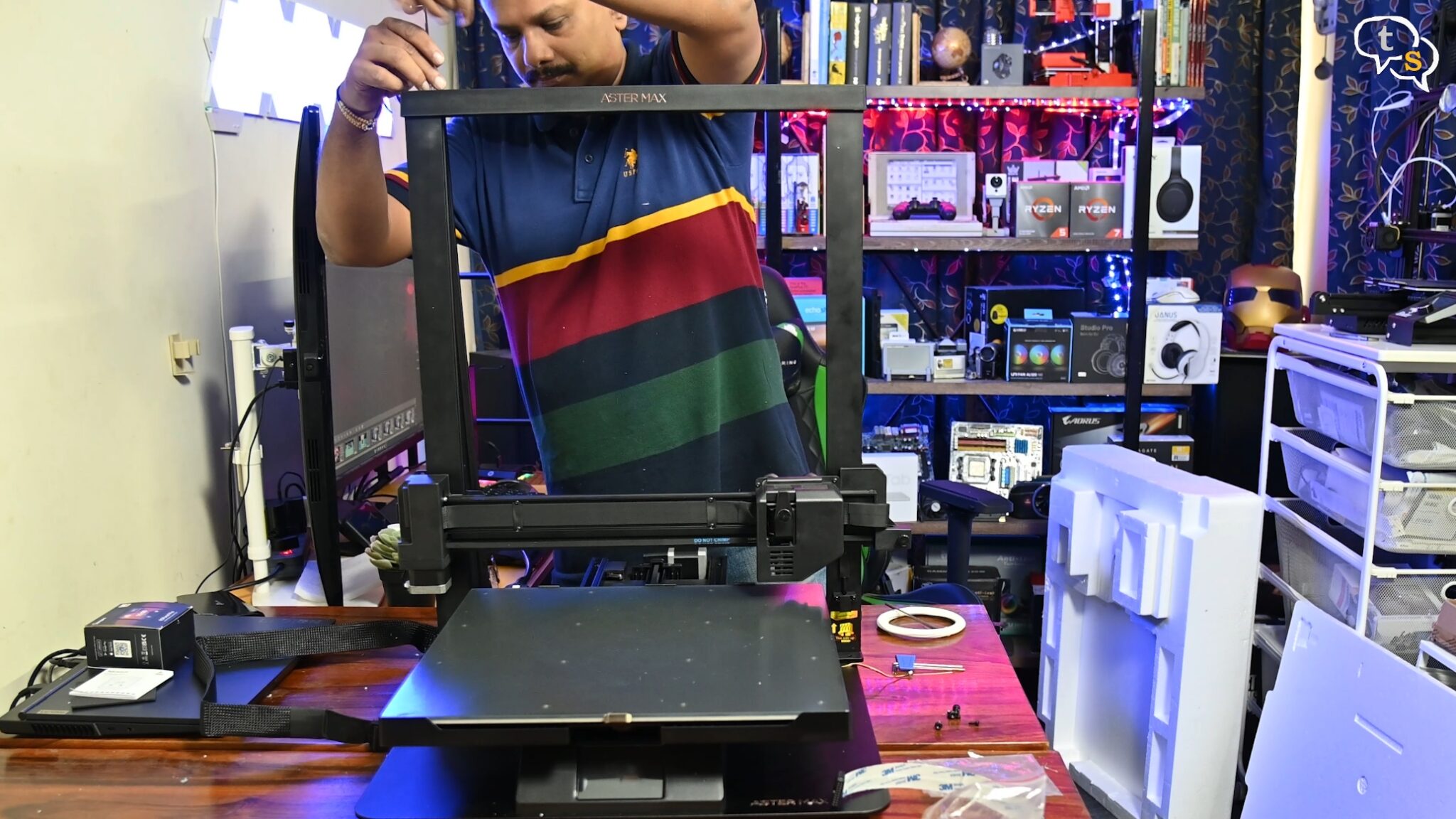
We have these side frames which are fastened down with small bolts. Done.
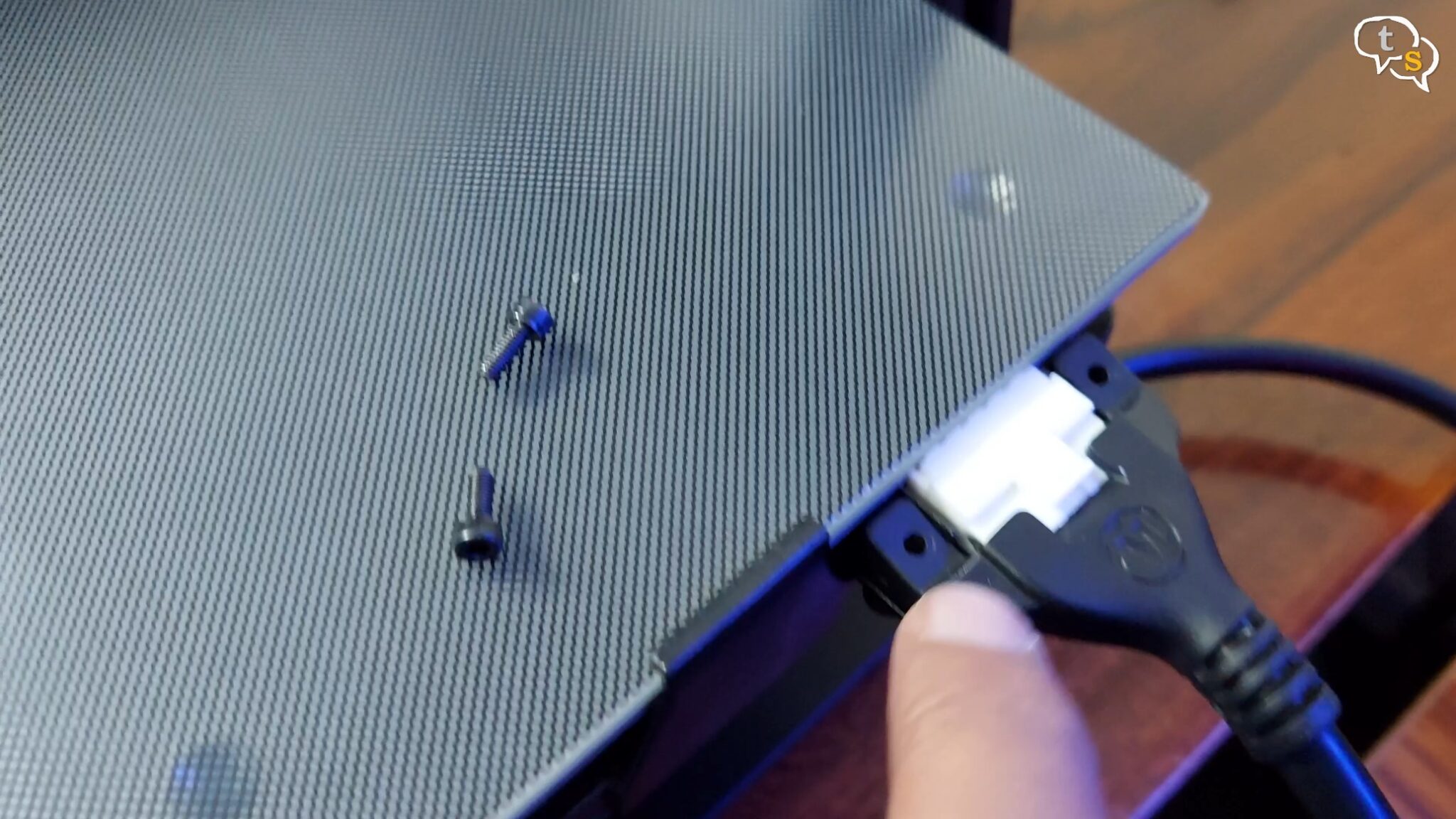
This cable goes here behind the build plate and are to be fastened down using these small screws.
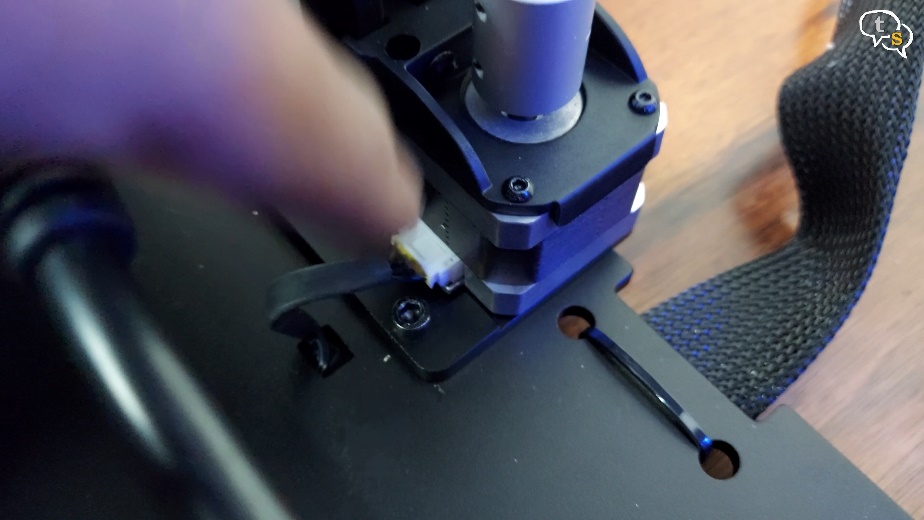
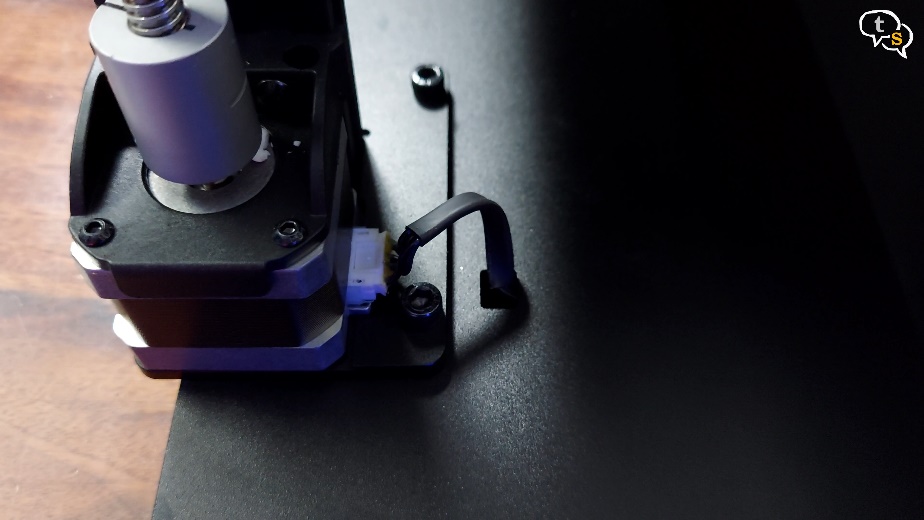
Attach these small cables on the sides,
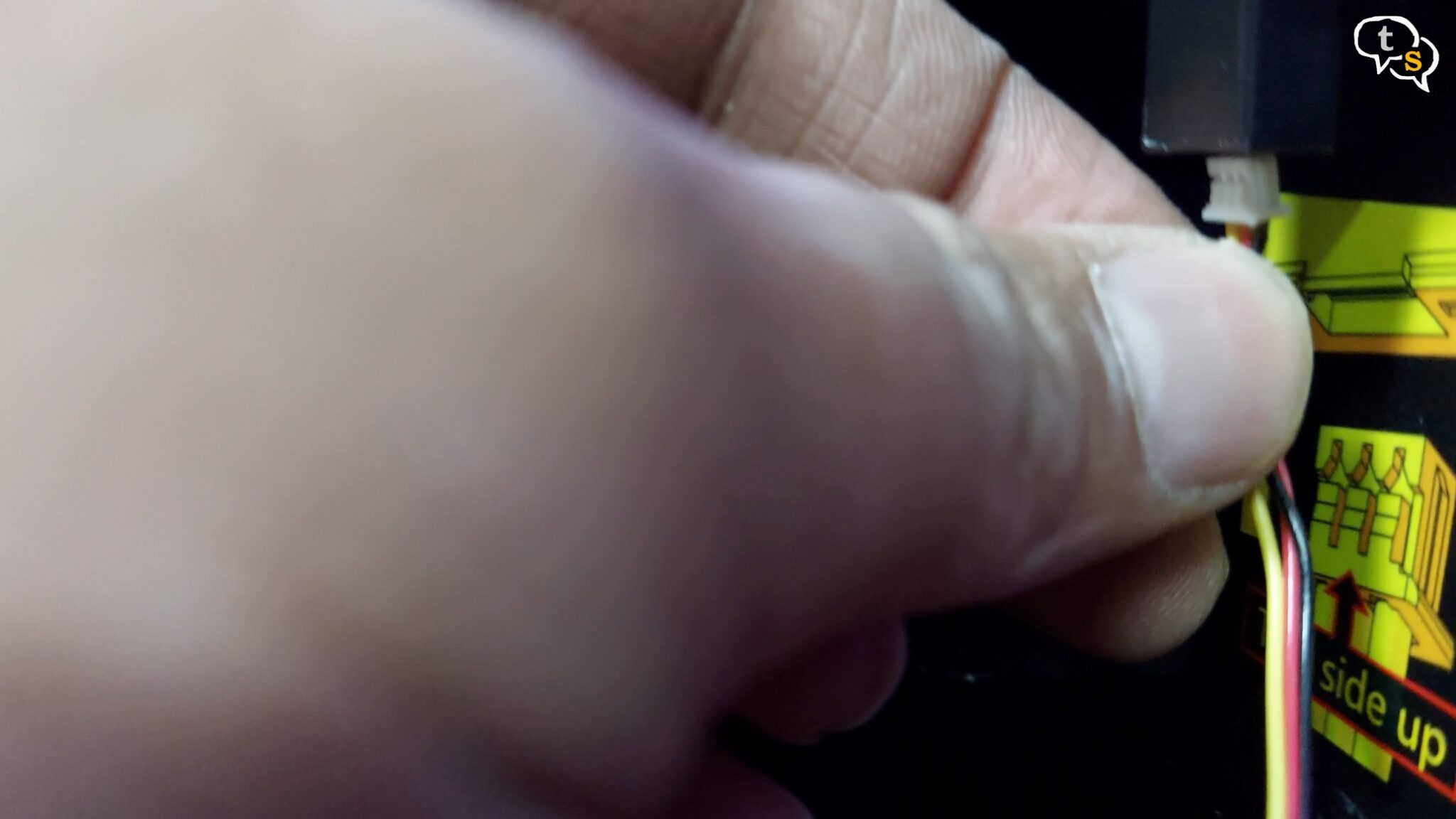
and this little one.
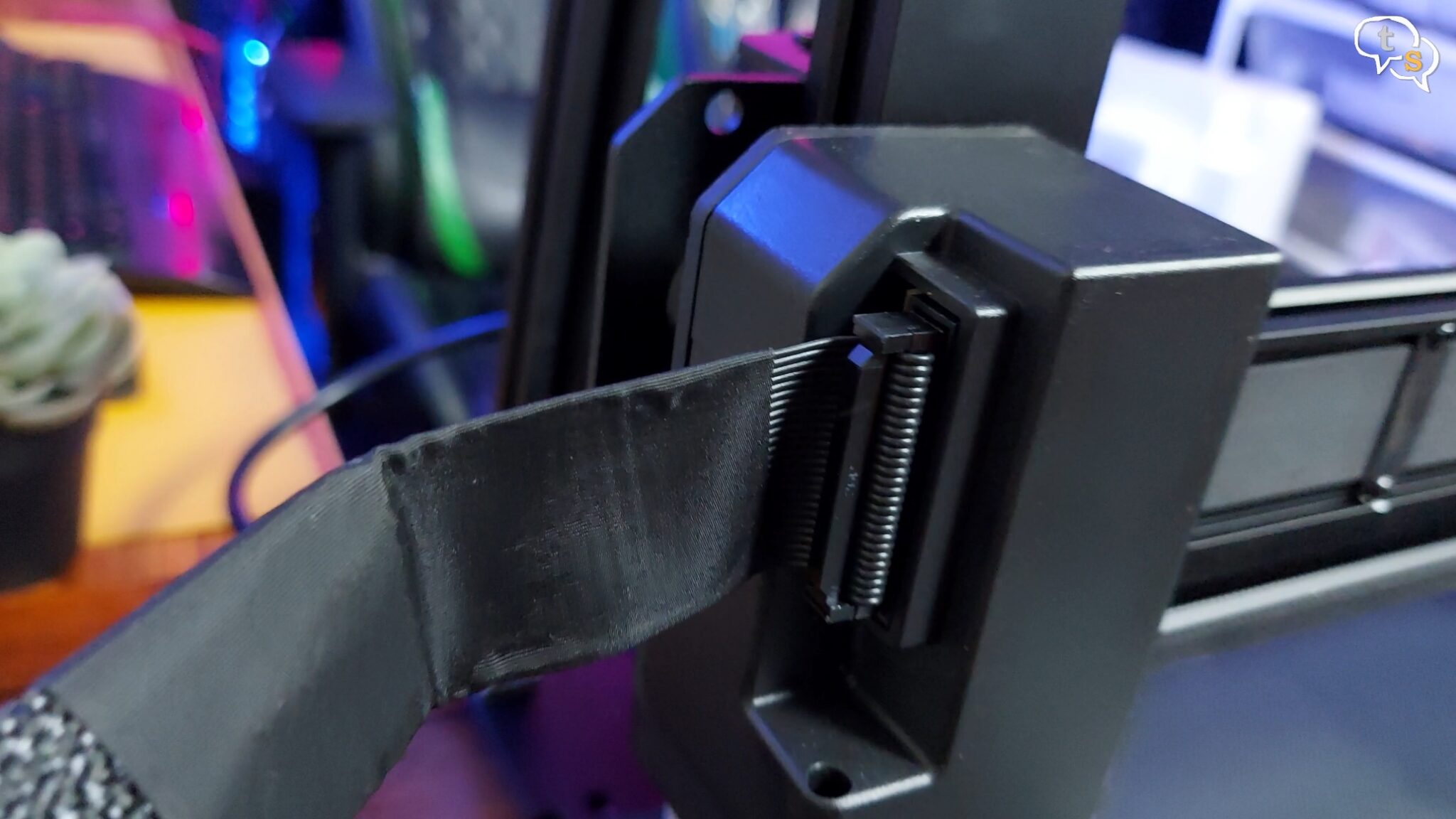
This is another ribbon cable which goes between the bottom and the extruder tower.
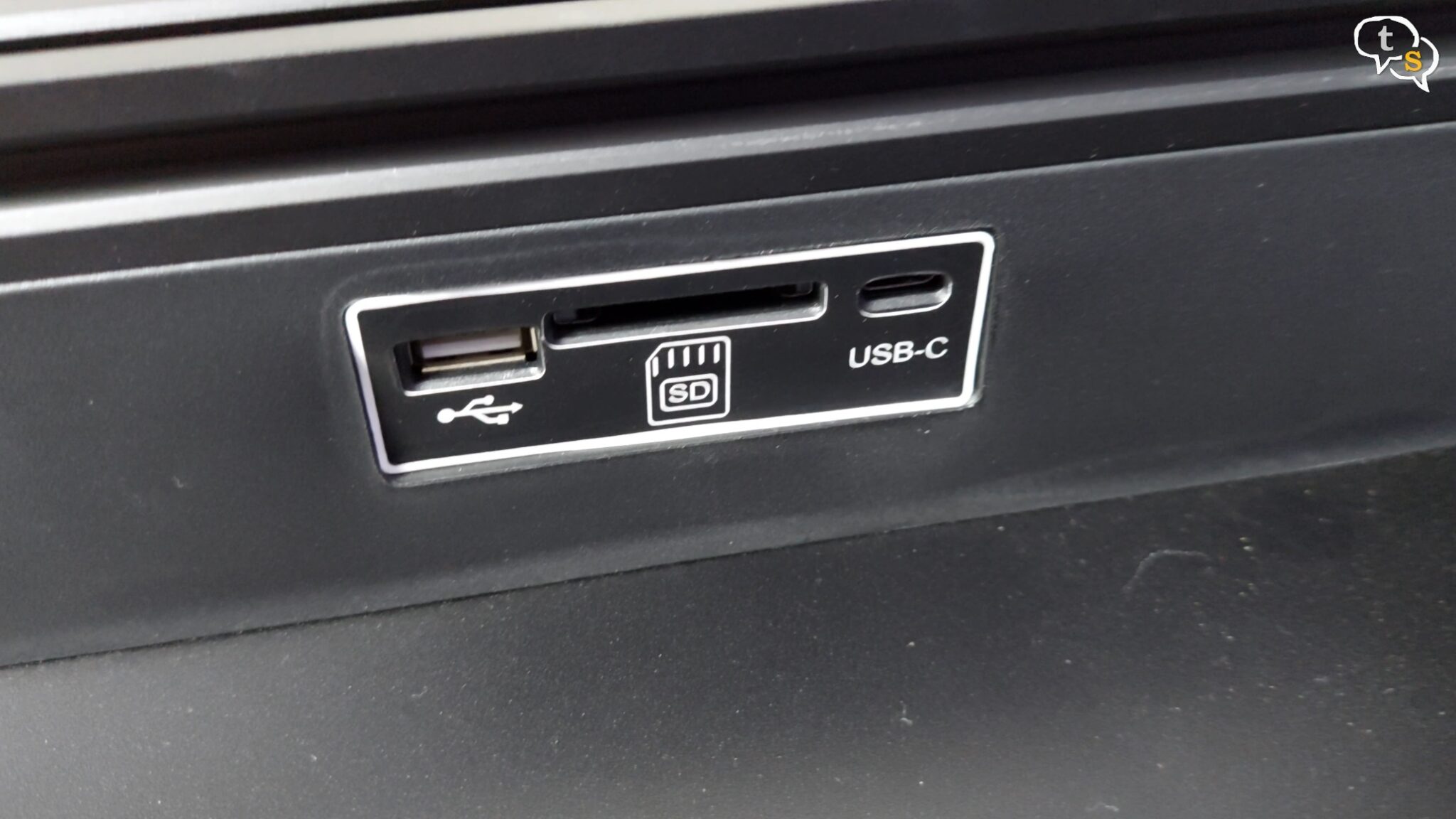
We have a USB port, a SD-card slot, and a USB-port in front, and this is how the SD-card goes in.
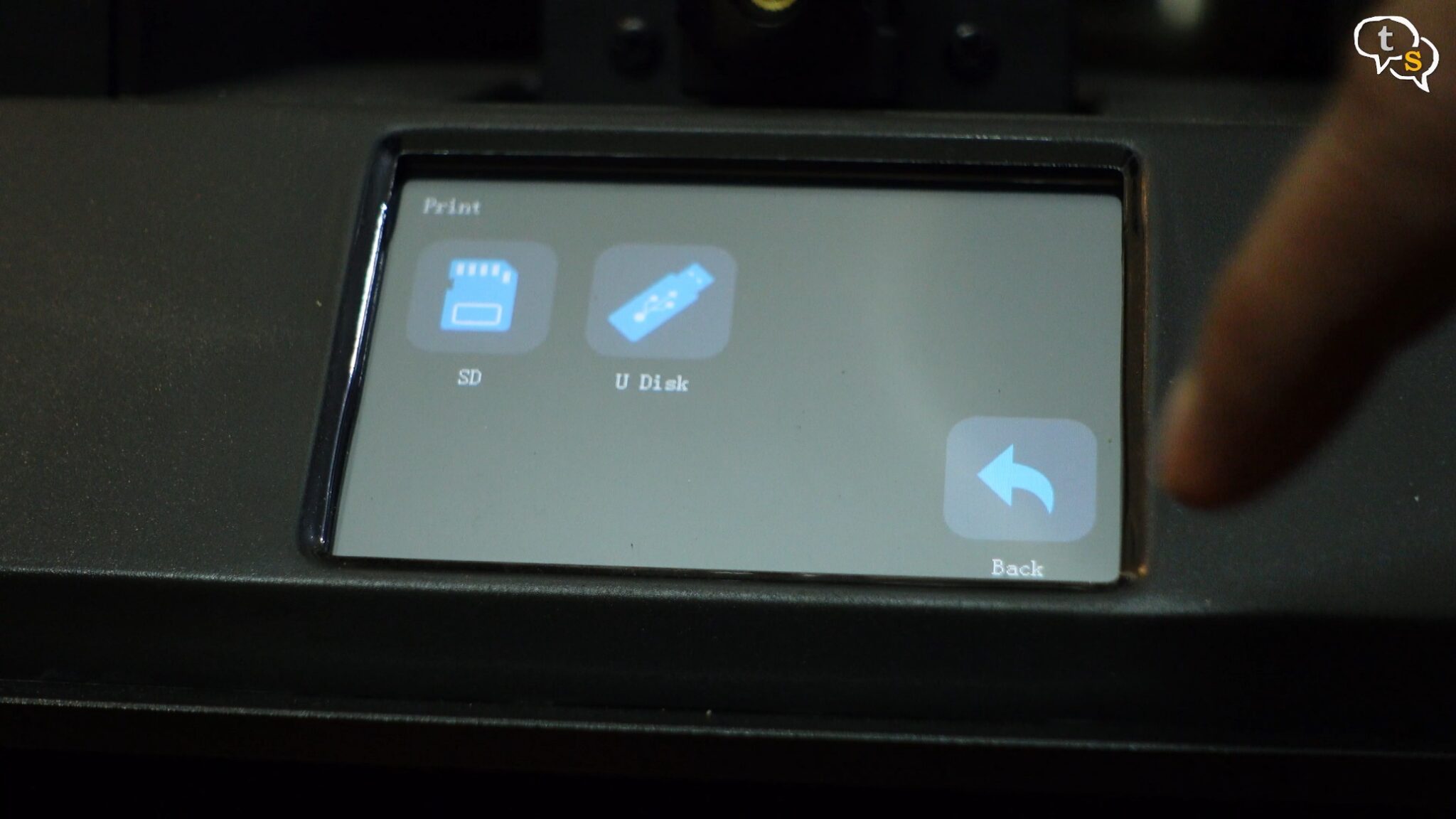
We can use the SD-card or even a thumb-drive to access printable models.
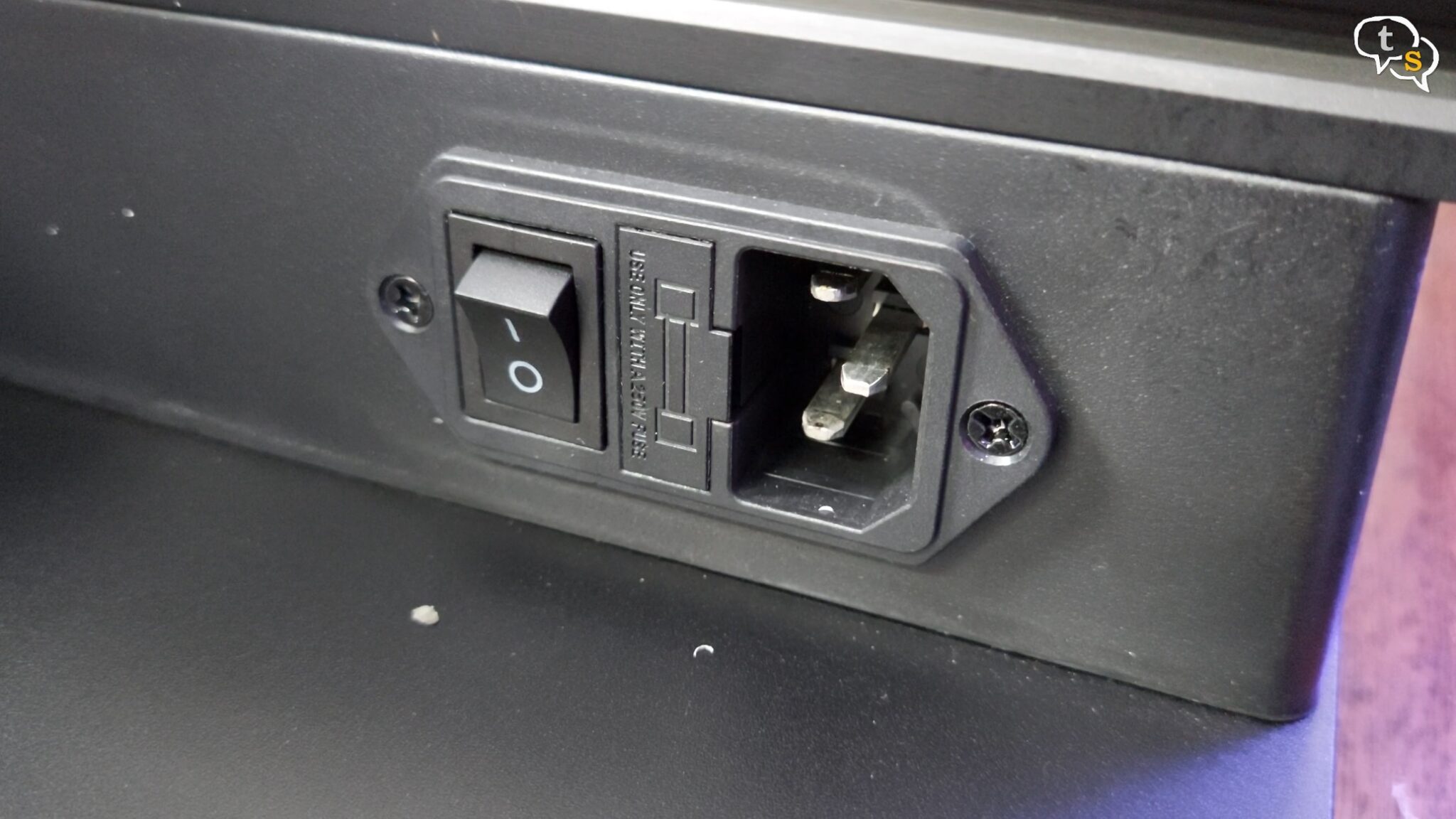
Here’s the power port and the switch. Plug in the cable provided and turn the printer on.
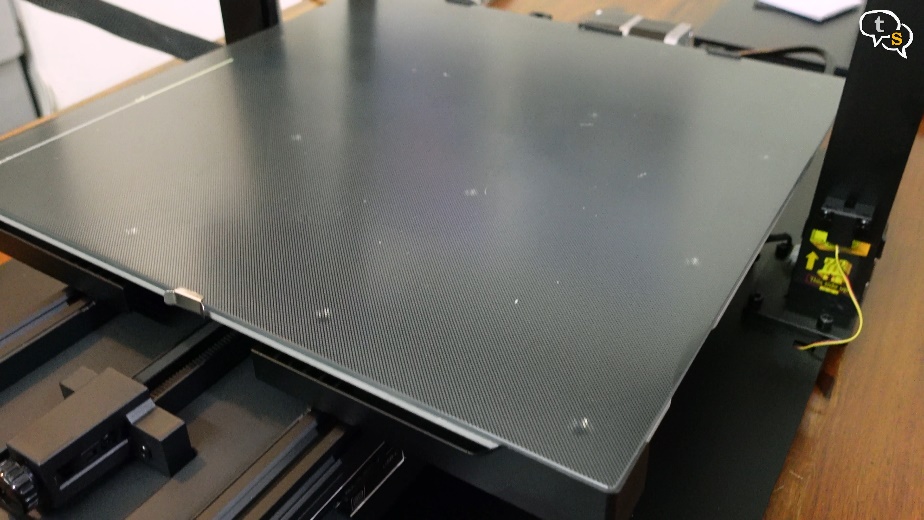
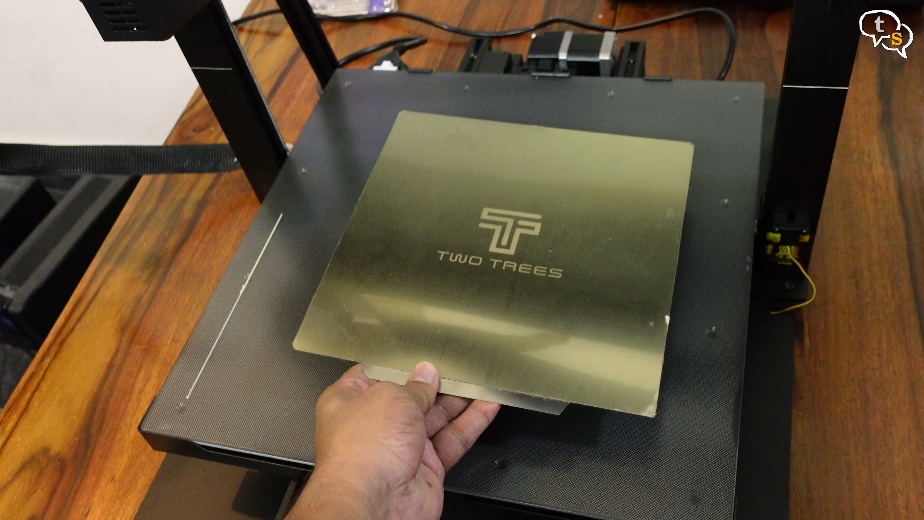
The metal reinforcement around the glass bed keeps it safe. Just look at the size of it, here’s an ender 3 bed for scale.
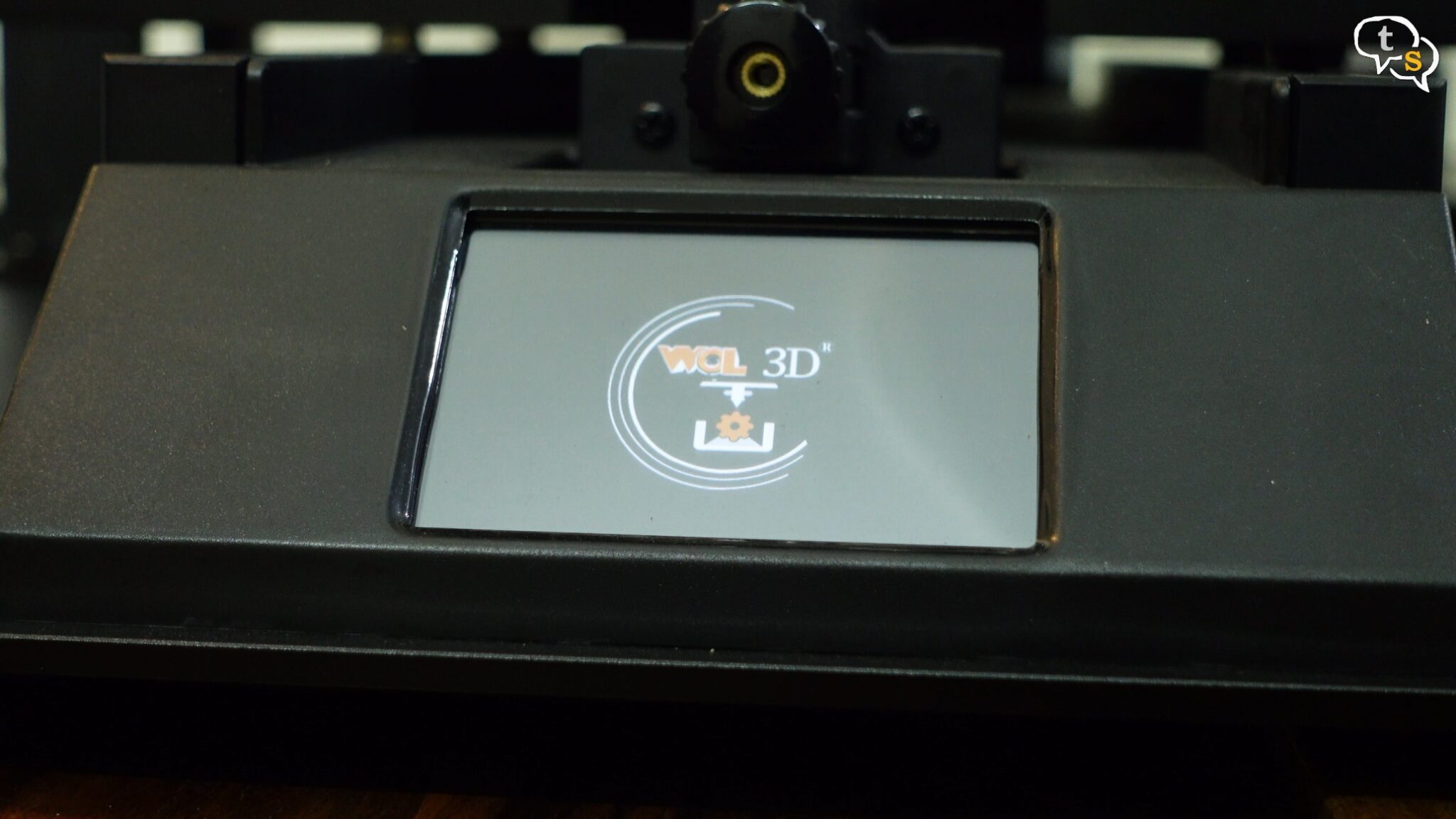
We have the wol3d logo on screen. This is a touchscreen. And it starts up quite fast.
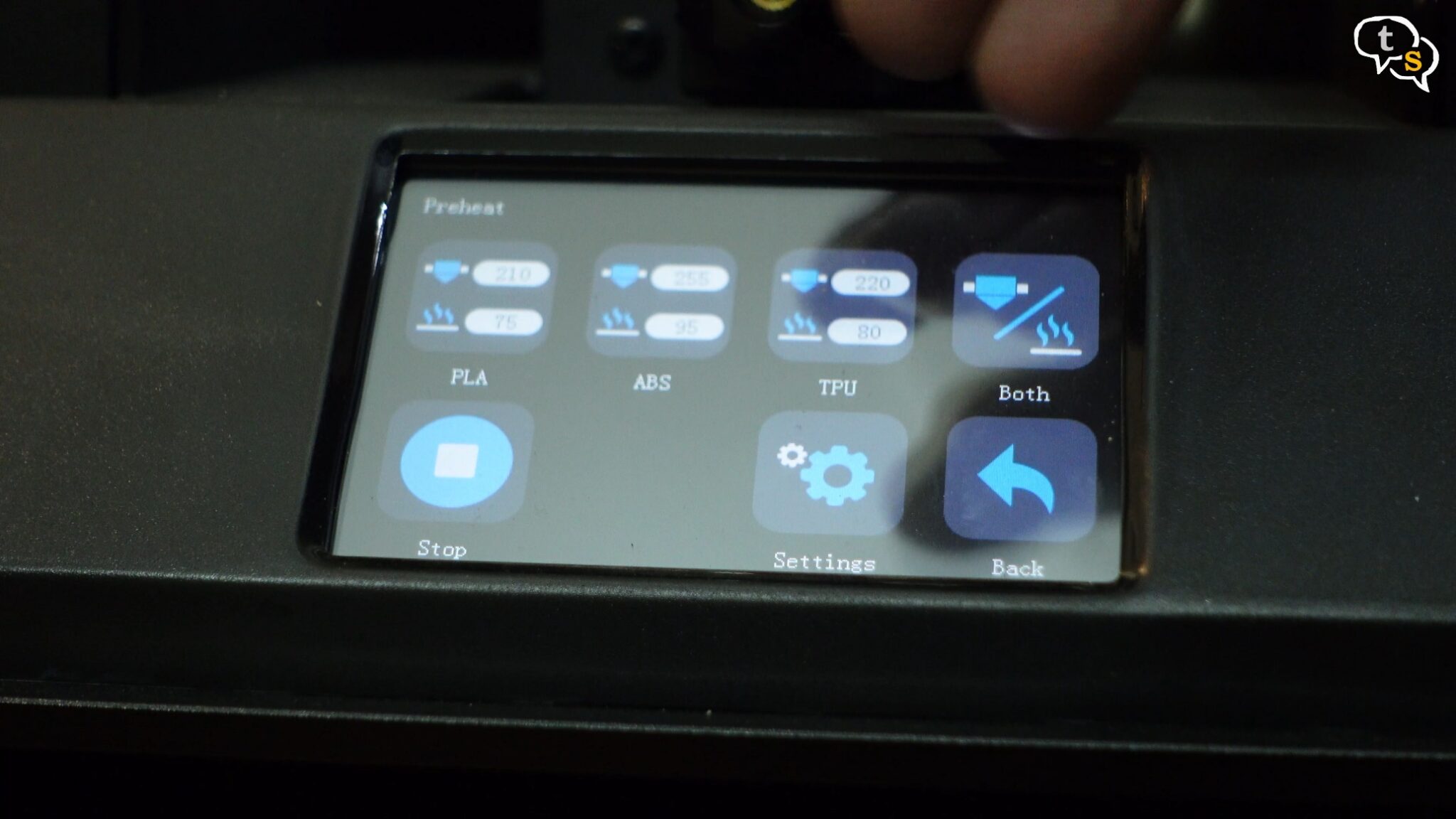
The touch screen allows us to interact with the printer, level the bed, start a print and also set up the defaults for the printer such as nozzle and bed temps. We can also set the z-offset if you find the printer is not keeping the appropriate height between the bed and the nozzle.
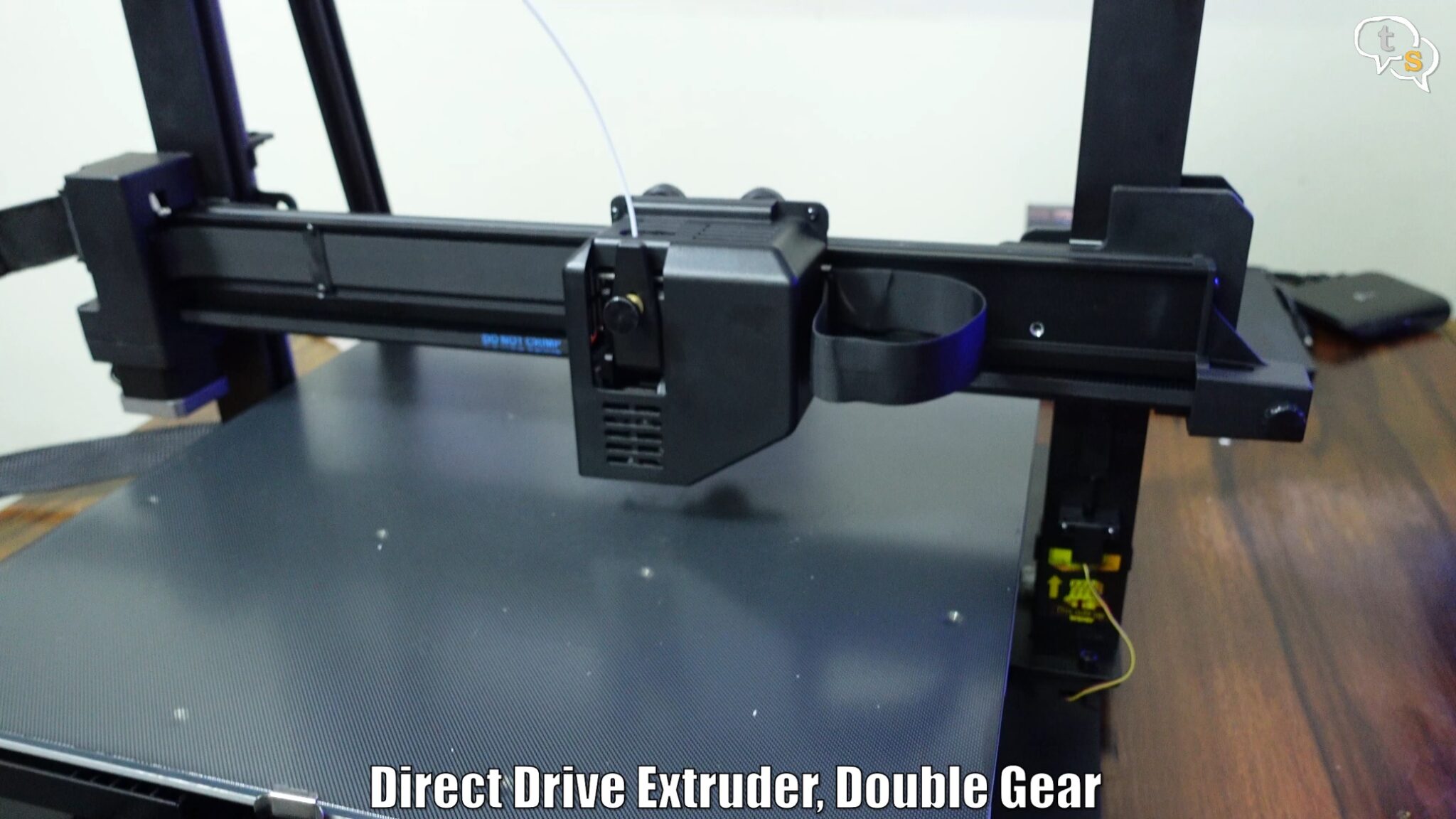
The extruder is direct drive meaning that it’s housed above the nozzle and pulls in the filament directly.
If the filament runs out during a print filament run-out detection is supported which would pause the print until the filament is replaced.
The nozzle can reach temperatures upto 260 degrees centigrade and the hotbed can reach upto 110 degrees centigrade.
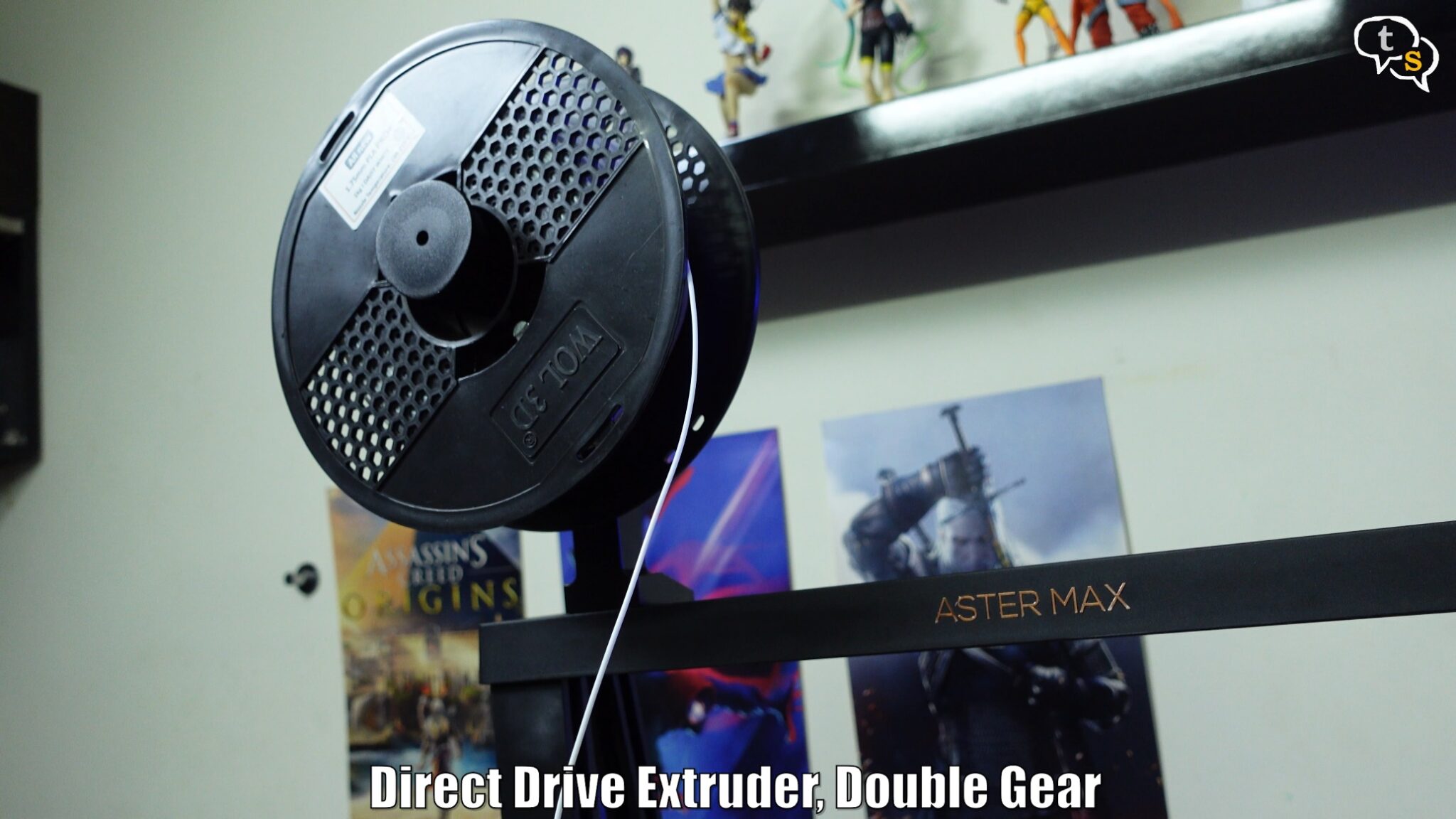
Supported filament diameter is 1.75mm
The printer weighs 14 KG.
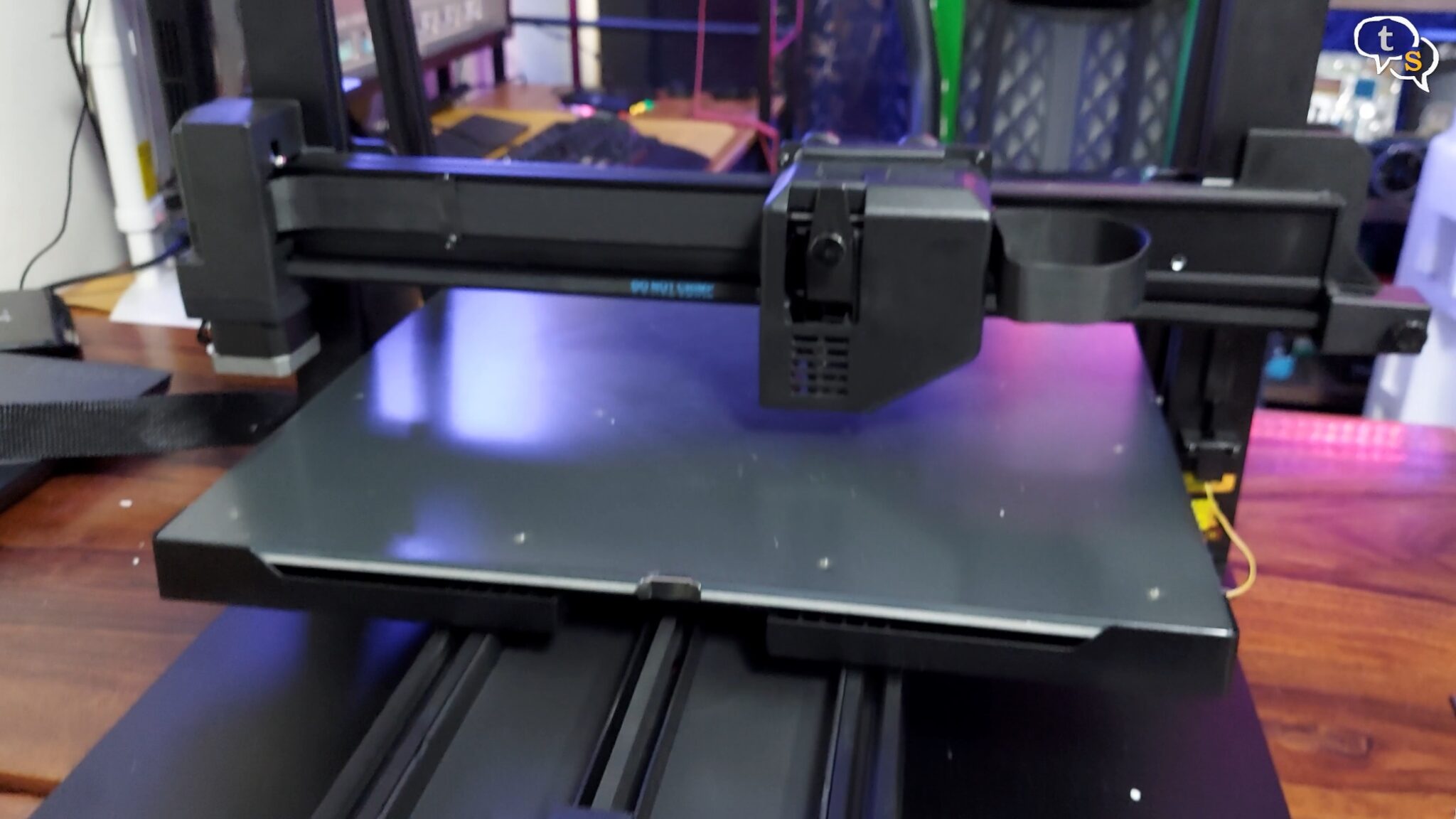
As this printer has been travelling I’m going to run a quick levelling, the printer uses bilinear levelling by tapping the extruder onto the bed in 12 zones.
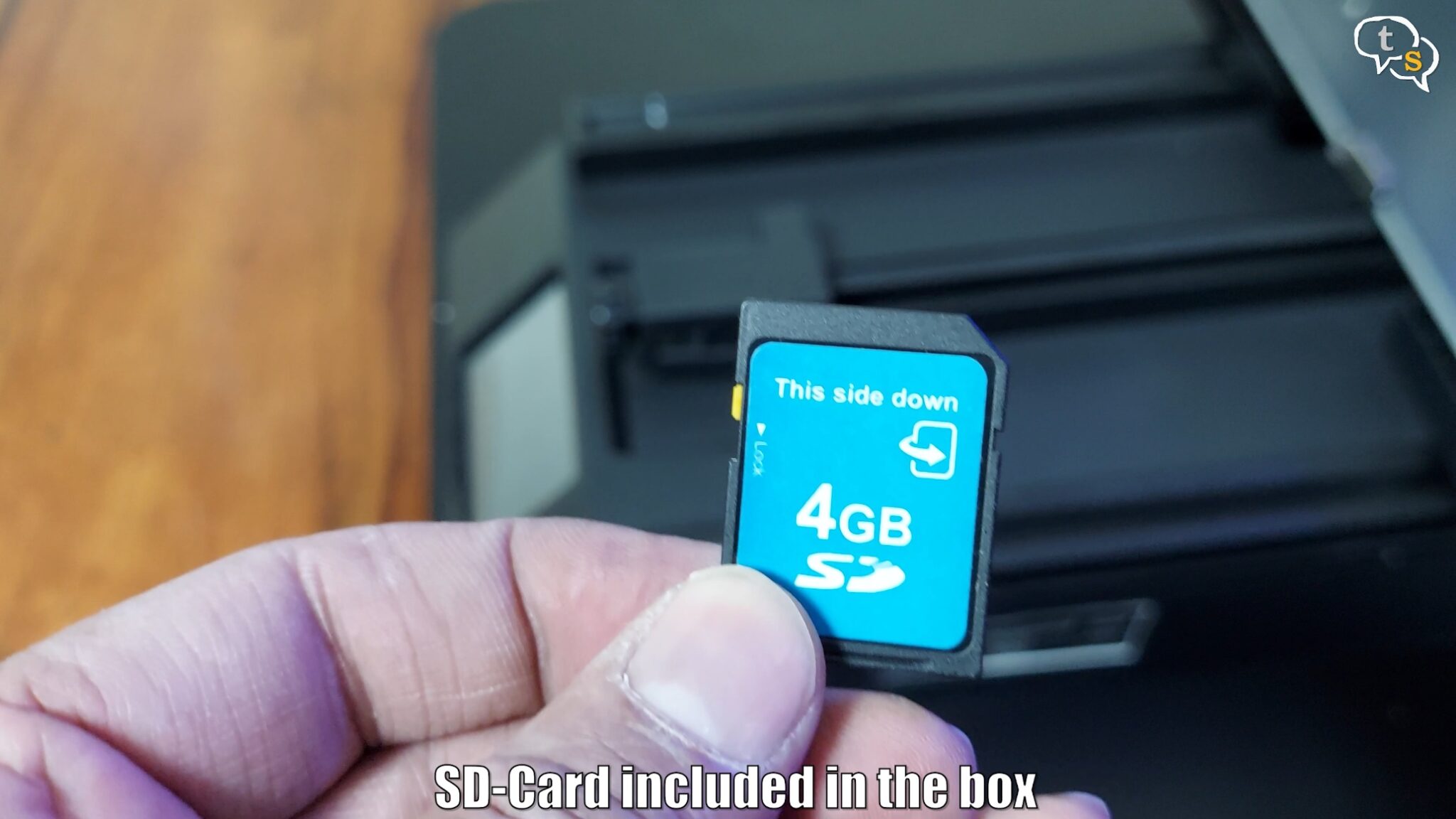
Now that that’s done let’s try out a print. The sd-card already has two files on it. I’m choosing the angel gcode file. The sd-card also has a copy of cura on it, for slicing the models.
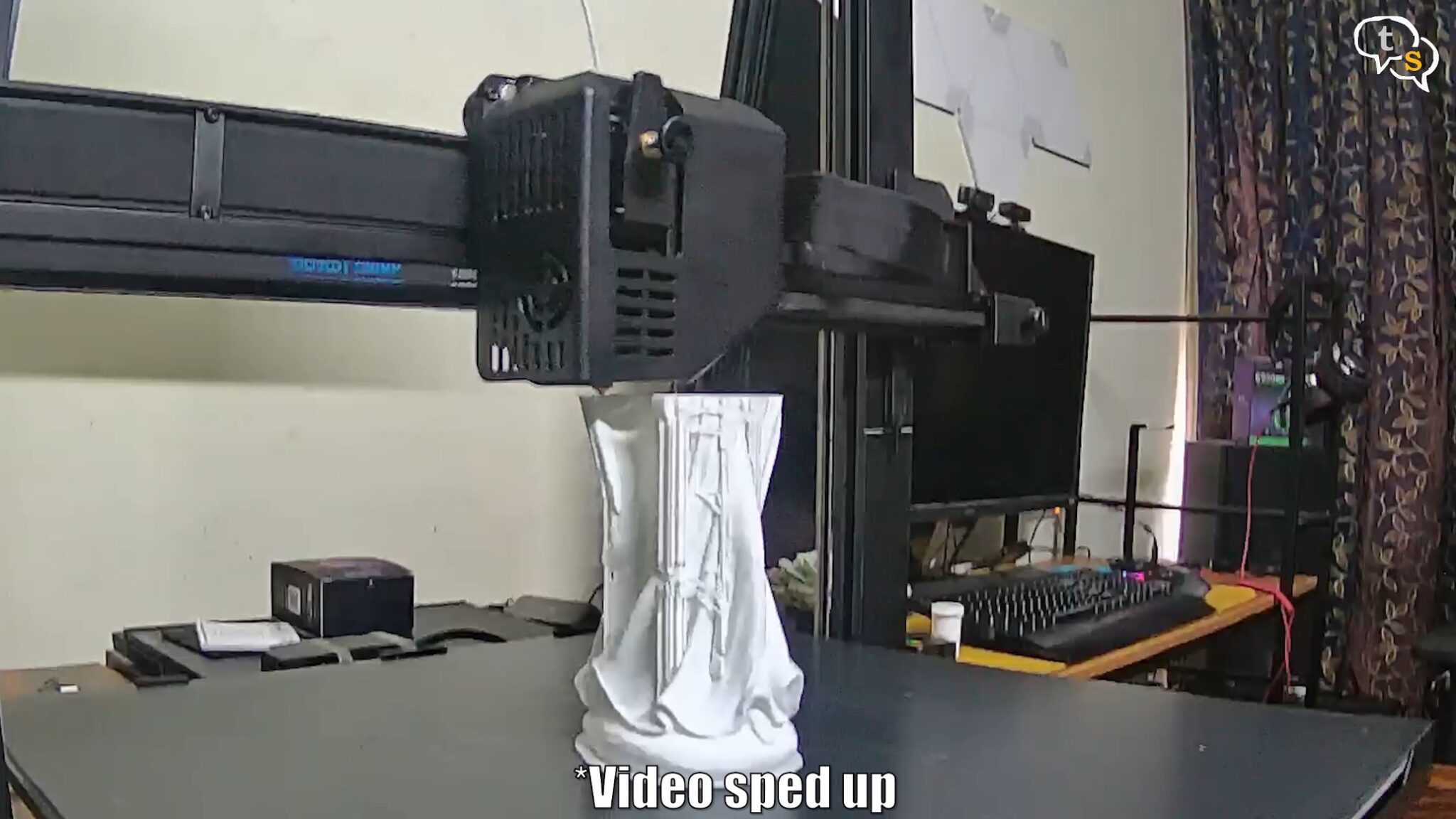
Printing is underway, I seem to have lost the initial print but this is how the rest of the print took place. The model took a little more than 5 hours, but that’s quite fast compared to my ender 3.

This is how the model looks, has come out well, I have yet to remove the supports.

The print popped off the bed quite easily once it cooled down as it’s made of glass.

Pros of the Aster max 3d printer are,
Large build volume, easy to put together, very quiet while printing, direct drive extruder, in built levelling, filament run out protection, the works.
One nit-pick I have is the placement of the power plug, more the switch actually it’s not easily reachable. Other than that, it’s a very good easy to use 3d printer and is recommended if you need large build volumes.






